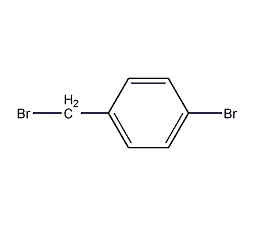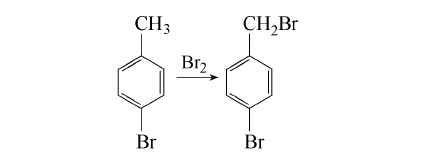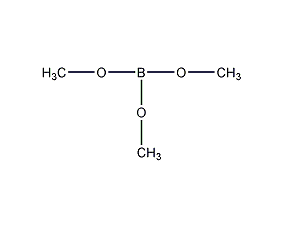o-Fluorocyclohexanone


Structural formula
| Business number | 07AC |
|---|---|
| Molecular formula | C6H9FO |
| Molecular weight | 116.13 |
| label |
2-Fluorocyclohexanone, o-Fluorocyclohexanone, Alicyclic compounds |
Numbering system
CAS number:694-82-6
MDL number:MFCD01076476
EINECS number:None
RTECS number:None
BRN number:None
PubChem ID:None
Physical property data
1. Characteristics: colorless or brown liquid.
2. Density (g/mL,25/4℃): Undetermined
3. Relative vapor density (g/mL,AIR=1): Undetermined
4. Melting point (ºC): Undetermined
5. Boiling point (ºC,Normal pressure): Undetermined
6. Boiling point (ºC,5.2kPa): Undetermined
7. Refractive Index: Undetermined
8. Flash Point (ºC): Undetermined
9. Specific optical rotation (º): Undetermined
10. Autoignition point or ignition temperature (ºC): Undetermined
11. Vapor pressure (kPa,25ºC): Undetermined
12. Saturated vapor pressure (kPa,60ºC): Undetermined
13. Heat of combustion (KJ/mol): Undetermined
14. Critical temperature (ºC): Undetermined
15. Critical pressure (KPa): Undetermined
16. Oil and water (octanol/Logarial value of the partition coefficient of water: undetermined
17. Explosion limit ( %,V/V): Undetermined
18. Lower explosion limit (%,V/V): Undetermined
19. Solubility: Undetermined .
Toxicological data
None yet
Ecological data
If it is slightly harmful to water, do not Allow undiluted or large amounts of product to come into contact with groundwater, waterways or sewage systems. Do not release material into the environment without government permission.
Molecular structure data
1. Molar refractive index: 27.99 2. Molar volume(m 3/mol):112.0 3. isotonic ratio(90.2K):252.9 4. Surface Tension(dyne/cm):26.0 5. Dielectric constant: 6. Dipole moment(10 -24cm3): 7. Polarizability: 11.09
Compute chemical data
1. Reference value for hydrophobic parameter calculation (XlogP): 1.2
2. Number of hydrogen bond donors: 0
3. Number of hydrogen bond acceptors: 2
4. Number of rotatable chemical bonds: 0
5. Number of tautomers: 3
6. Topological molecule polar surface area 17.1
7. Number of heavy atoms: 8
8. Surface charge: 0
9. Complexity: 101
10. Number of isotope atoms: 0
11. Determine the number of atomic stereocenters: 0
12. Uncertain number of atomic stereocenters: 1
13. Determine the number of chemical bond stereocenters: 0
14. Number of uncertain chemical bond stereocenters: 0
15. Number of covalent bond units: 1
Properties and stability
Keep away from oxides.
Storage method
Store in an airtight container and place Store in a cool, dry place. Store away from oxidizing agents.
Synthesis method
None yet
Purpose
None yet










